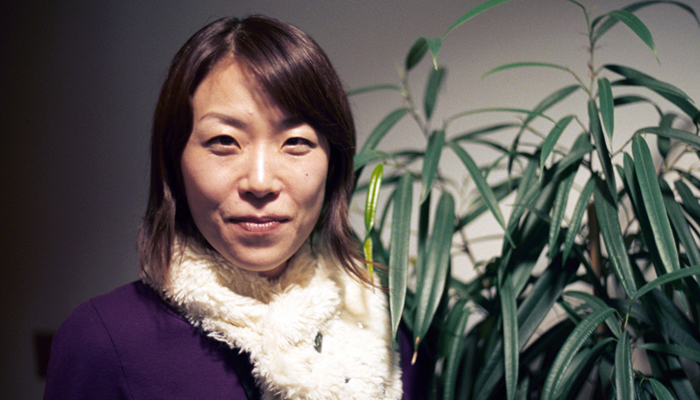Benedict Drew & Sachiko M
Benedict Drew & Sachiko M
Sachiko will play sine waves from an empty sampler. These sounds will be sent to the PA in the gallery, and also to Ben, who will modify them and send them to multiple speakers, resting under a great long strip of artists’ paper. On top of the paper he’ll have placed charcoal which will be excited by the vibrational energy of Sachiko’s sound into both creating minimal abstract drawings and the acoustic rustle and click of charcoal on charcoal.
ReadElectronic musician and filmmaker Benedict is back at KYTN after appearing here with Emma Hart in 2006 (if you remember, it involved Daz vibrating on speakers, an electric guitar played by a loop of 16mm film). We’re particularly keen on Ben’s work because he hunkers down at the point at which investigation into a medium (amplified sound, projected image, drawing on paper) becomes the refashioning of that medium into an instrument. That might sound quite technical but what we mean is he thinks about speakers, projectors, charcoal on paper not just as means to an end but as artistic instruments, and as such an end in themselves. We’ll explain this a bit more below, but it is genuinely very inquisitive, cool and interesting.
Sachiko is also returning to KYTN, after performing here with Anthony McCall in 2004. She is one of our favourite improvisers and, artistically, hard as nails. Over the years she has paired down her approach to the sampler until all that she now works with are it’s internal test tones, with all the precision of a laser beam. Absolutely fearless, she allows these static, slowly changing tones to articulate the room she’s in, and to flip the normal passive listener/ active performer relationship on it’s head. Change in Sachiko’s music is very much dependant on you and how you move your head, where you place your attention, how or whether you actively engage.
Because it doesn’t put the visual first, unlike most sound and image works these days, but instead creates a physical, visual correlative to sound. Sound and image are thought of together. And of course experientially, we think it’ll have a steely delicateness, and be quite, quite beautiful. Deleuze would no doubt couch this in terms of deterritorialisation and reterritorialisation, so read up on that if you’re super keen. But honestly, you don’t have to; you can just enjoy the work.
Documentation
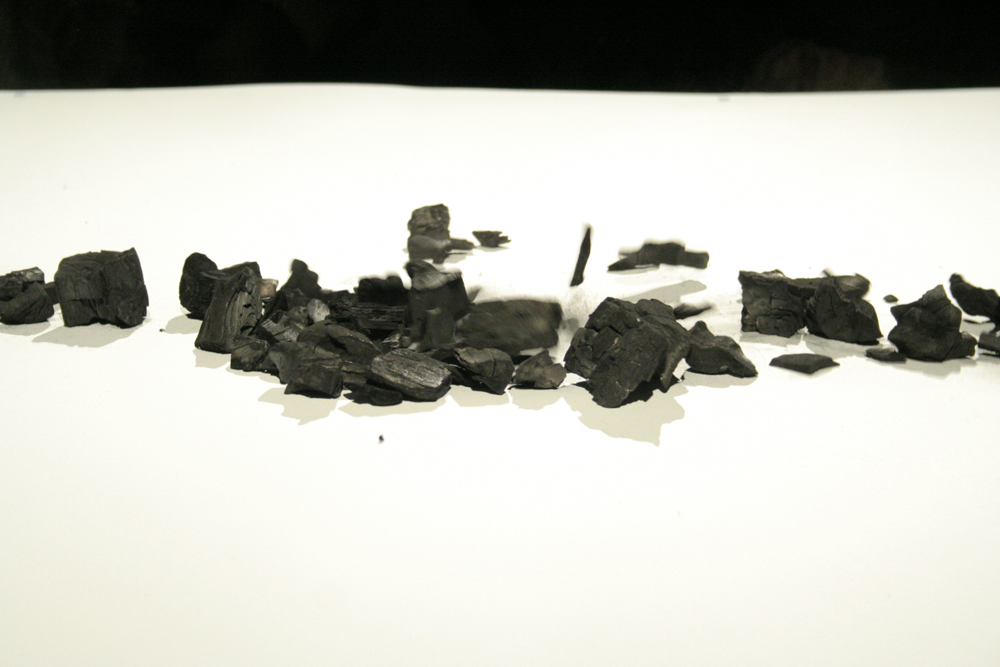
▴ Credit: Bryony McIntyre
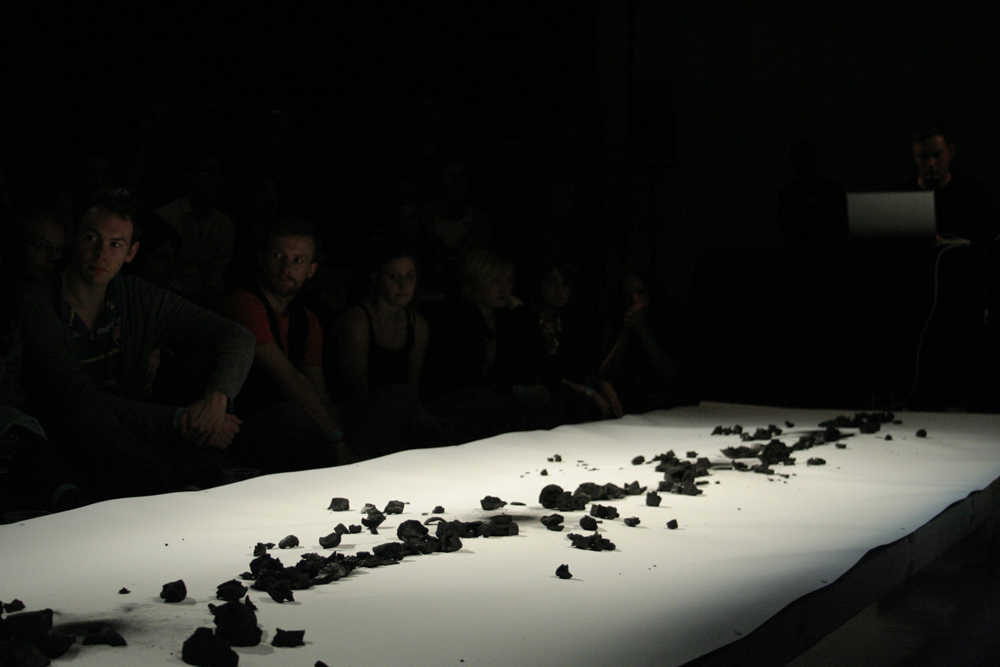
▴ Credit: Bryony McIntyre
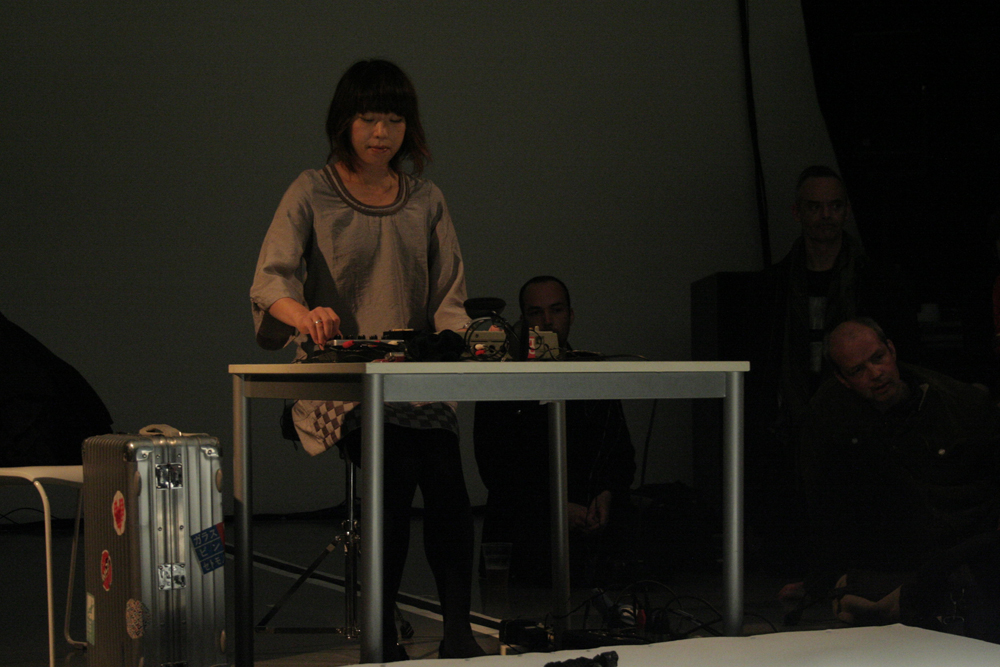
▴ Credit: Bryony McIntyre
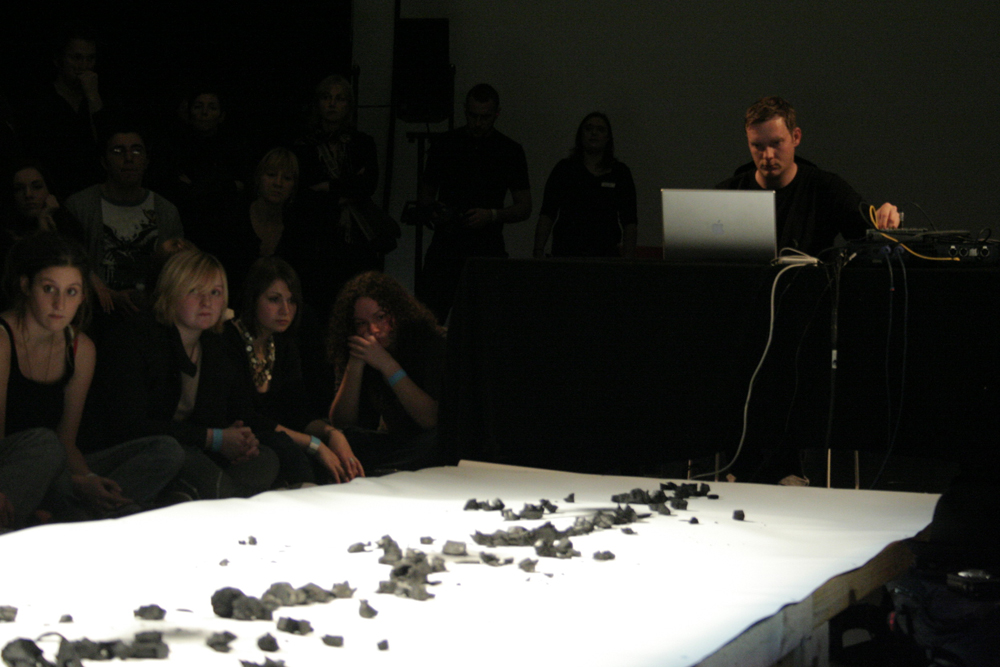
▴ Credit: Bryony McIntyre
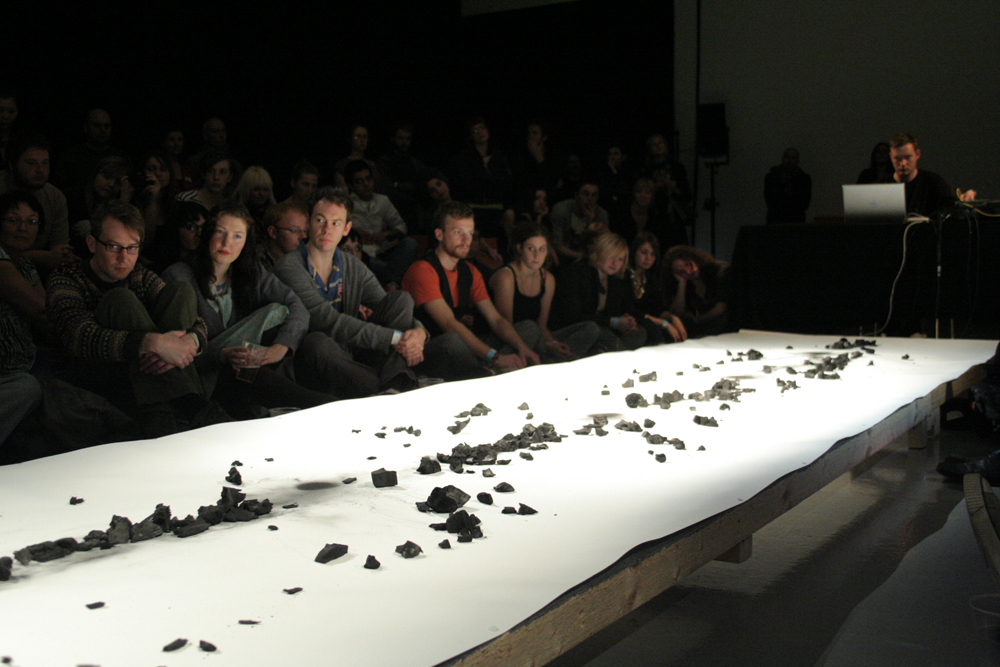
▴ Credit: Bryony McIntyre
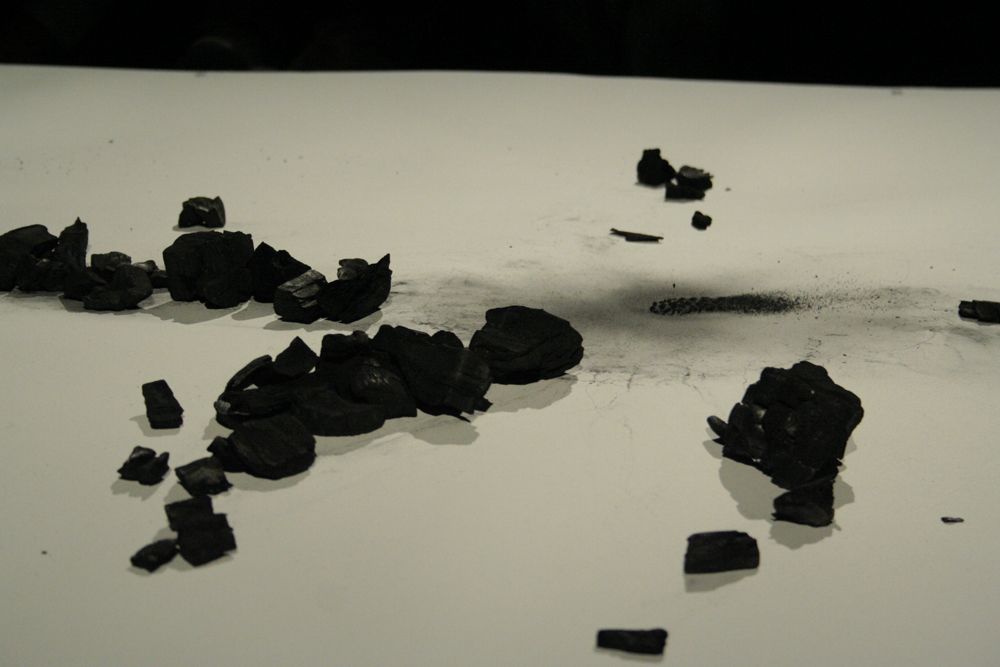
▴ Credit: Bryony McIntyre
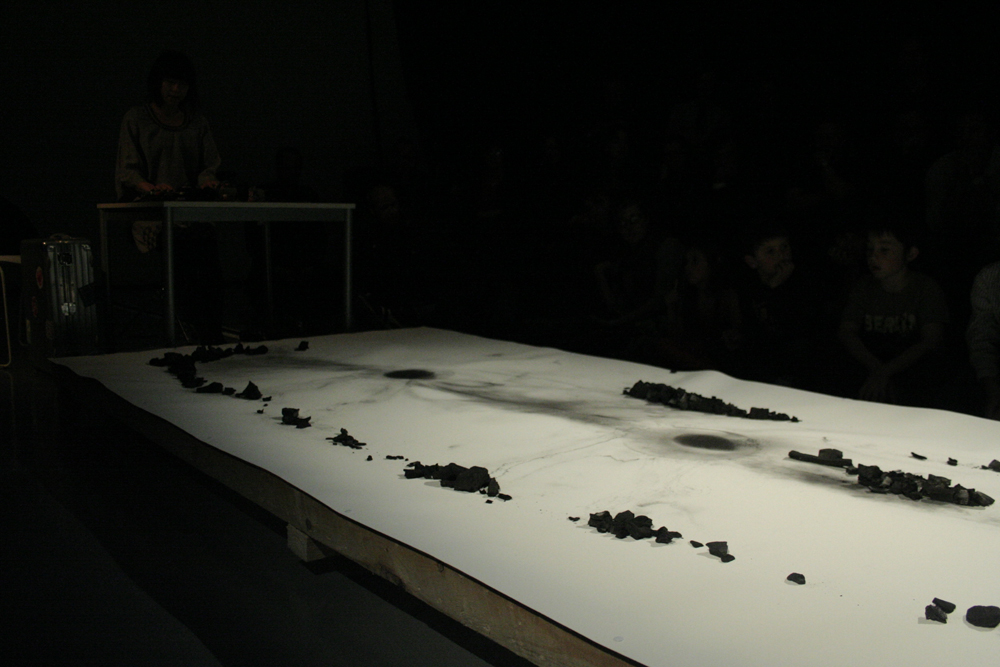
▴ Credit: Bryony McIntyre
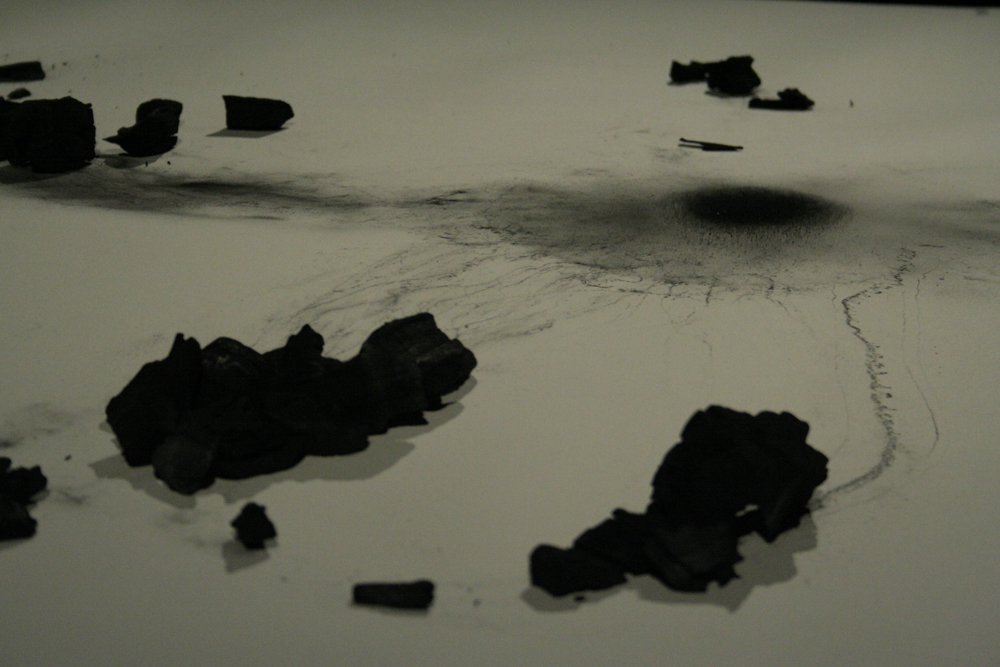
▴ Credit: Bryony McIntyre
Artists
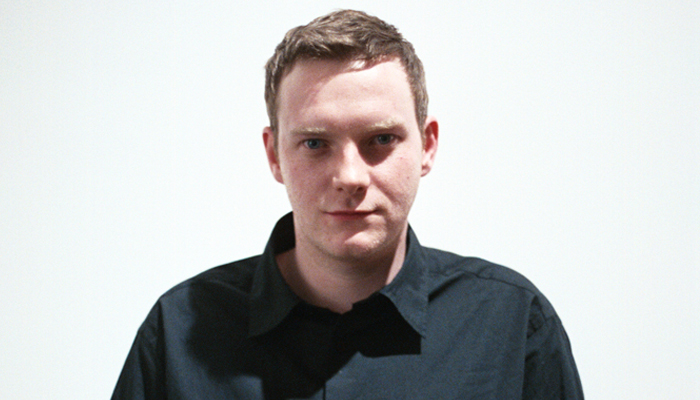
Benedict Drew
